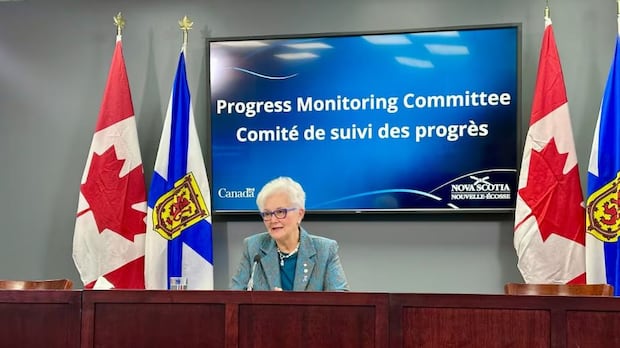3 in 10 residential property buyers in N.S. were investors in 2018-2020: StatsCan

Investors make up a significant portion of residential property buyers in Nova Scotia, according to data released by Statistics Canada. Between 2018 and 2020, investors represented three in 10 buyers in the province, the highest volume among provinces where data is available.
The report, published on Dec. 3, also looked at investment buyers in New Brunswick and British Columbia over the same three-year period. Nova Scotia stood out with an average of 28.2 per cent of buyers being investors. In comparison, New Brunswick had an average of 20.3 per cent, and British Columbia averaged 24.8 per cent.
Statistics Canada defines real estate investors as individuals who purchase at least one residential property that is not used as their primary residence. In Nova Scotia, investors were particularly drawn to rural areas, where they represented 37 per cent of buyers. Tourist areas such as the South Shore and Inverness in Cape Breton were popular among investors. Similarly, in British Columbia, areas like Whistler and other Interior ski resort communities attracted investor buyers.
Urban areas also saw a significant number of investor buyers, with British Columbia leading the way. Cities like Vancouver, Kelowna, Victoria, and Abbotsford-Mission were popular destinations for investors looking to purchase residential properties. Interestingly, immigrants were overrepresented among investors in large urban areas in 2019. In Vancouver and Abbotsford-Mission, immigrants accounted for 67 and 60.8 per cent of buyers, respectively, despite making up a smaller percentage of the population.
In Halifax, Nova Scotia’s capital city, immigrants made up 11.2 per cent of the population but accounted for 21.4 per cent of buyers. This data highlights the diverse mix of investors in the real estate market and sheds light on the trends in residential property purchases across different provinces.
Overall, the data from Statistics Canada provides valuable insights into the role of investors in the residential property market in Nova Scotia and beyond. It underscores the importance of understanding the motivations and demographics of buyers to make informed decisions in the real estate sector.




